Recommended books for test automation learning
Learning automated testing can be done through a combination of self-study and practical experience. Here are a few steps you can take to learn automated testing:
1. Familiarize yourself with the basics of software testing: Before diving into automated testing, it's important to have a solid understanding of the basics of software testing, such as types of testing, test design techniques, and testing best practices.
2. Learn a specific automation tool or framework: There are many different tools and frameworks available for automated testing, such as Selenium, Appium, TestComplete, and Cypress. Choose one or more to focus on and learn its features, functions, and limitations.
3. Practice writing test scripts: Once you've learned the basics of a particular automation tool or framework, start practicing writing test scripts for different types of tests, such as unit tests, integration tests, and acceptance tests.
4. Get hands-on experience: The best way to learn automated testing is by working on real-world projects and experimenting with different automation techniques. Try to find an internship or a volunteer opportunity that allows you to work on an existing automation project.
5. Keep learning: Automated testing is a constantly evolving field, so it's important to stay up-to-date with the latest trends, best practices, and new tools and frameworks. Following blogs, attending conferences or webinars, read new books are a good way to stay informed.
There are several books available on the topic of automated testing. Some of the best and popular ones include:
1. "Test-Driven Development: By Example" by Kent Beck
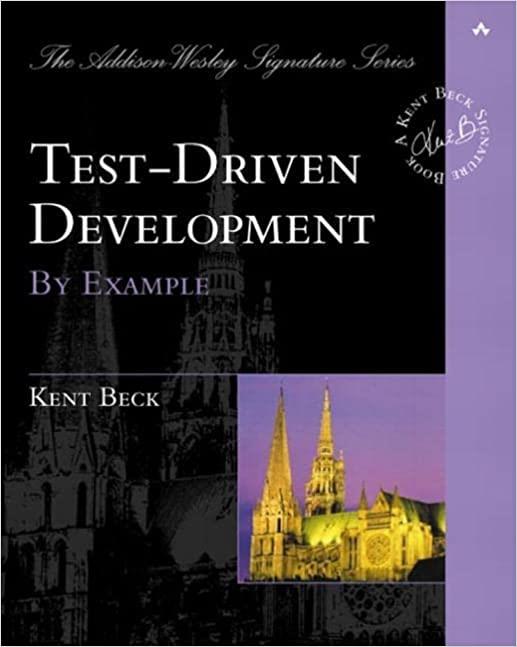
This book provides a hands-on, example-driven introduction to the principles of test-driven development (TDD) and how to apply it to real-world software development.
2. "Test Automation in the Real World: Practical Lessons for Automated Testing" by Greg Paskal
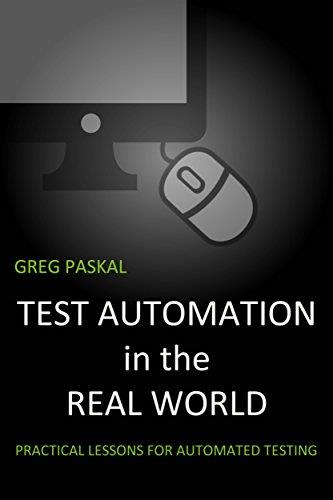 Test automation is a fantastic technology field with incredible potential. Unfortunately, the reality is most test automation efforts fail soon after they’re initiated. From the many promises of ease of automation to over simplified vendor demonstrations, its easy to spend significant time and money pursuing test automation only to be left with spent budgets and unused software sitting on the shelf. If only there was a way to avoid the most common pitfalls encountered when embarking upon the promise of test automation?
Test automation is a fantastic technology field with incredible potential. Unfortunately, the reality is most test automation efforts fail soon after they’re initiated. From the many promises of ease of automation to over simplified vendor demonstrations, its easy to spend significant time and money pursuing test automation only to be left with spent budgets and unused software sitting on the shelf. If only there was a way to avoid the most common pitfalls encountered when embarking upon the promise of test automation?
3. "Selenium Design Patterns and Best Practices" by Dima Kovalenko
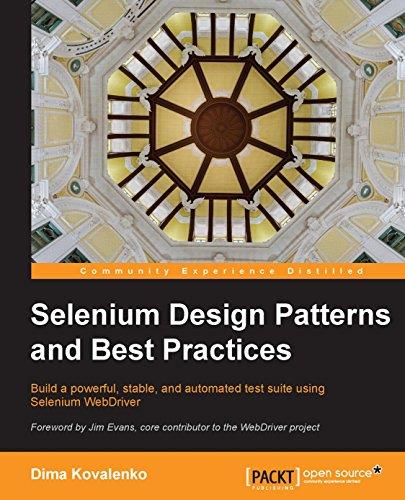
4. "Automated Software Testing: Introduction, Management, and Performance" by Elfriede Dustin
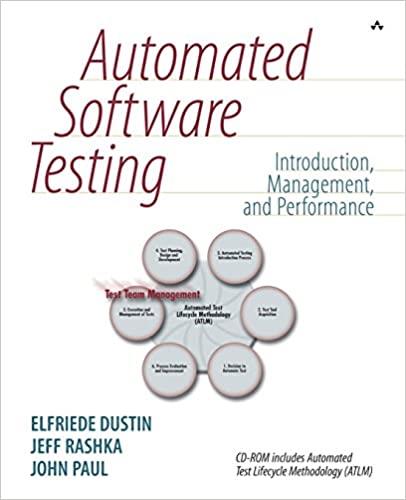 This book provides a comprehensive overview of automated software testing, including its benefits and challenges, different types of automated testing, and best practices for test automation.
This book provides a comprehensive overview of automated software testing, including its benefits and challenges, different types of automated testing, and best practices for test automation.
5. "Experiences of Test Automation: Case Studies of Software Test Automation" by Mark Fewster and Dorothy Graham
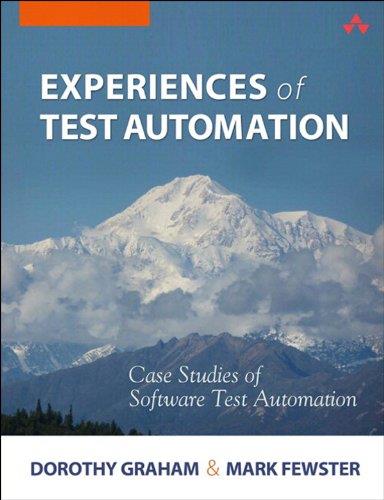 This book provides a practical guide to automating software testing, including how to design and implement effective test automation strategies. It also covers topics such as test automation frameworks, test data generation, and test execution. Software test automation has moved beyond a luxury to become a necessity. Applications and systems have grown ever larger and more complex, and manual testing simply cannot keep up. As technology changes, and more organizations move into agile development, testing must adapt—and quickly. Test automation is essential, but poor automation is wasteful—how do you know where your efforts will take you?
This book provides a practical guide to automating software testing, including how to design and implement effective test automation strategies. It also covers topics such as test automation frameworks, test data generation, and test execution. Software test automation has moved beyond a luxury to become a necessity. Applications and systems have grown ever larger and more complex, and manual testing simply cannot keep up. As technology changes, and more organizations move into agile development, testing must adapt—and quickly. Test automation is essential, but poor automation is wasteful—how do you know where your efforts will take you?
These are just a few examples and you can find more books by searching online bookstores and libraries.
